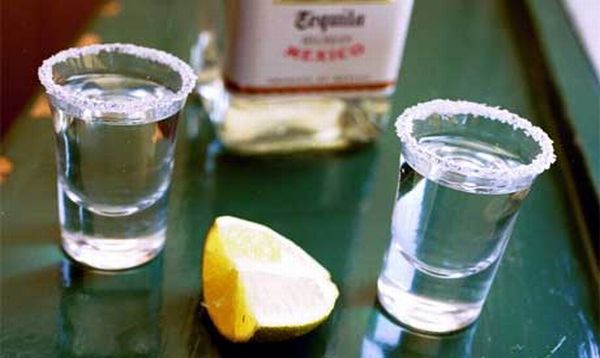London, England - Farmers in Mexico have been given another reason to grow agave, the cactus-like plant used to produce the country's most potent export. In the bar room equivalent of alchemy, scientists have turned shots of tequila into diamonds.
The surprise use for the national tipple emerged when, in 2008, researchers at the National Autonomous University experimented with making ultra-thin films of diamond from organic solutions, such as acetone and ethanol. The mix that worked best, 40% alcohol and 60% water, was similar to the proportions used in tequila.
Diamond films are extremely durable and heat resistant and can be used to coat cutting tools. By carefully adding impurities to the films, it is also possible to make diamond semiconductors for use in electronic circuits.
Luis Miguel Apátiga, a member of the team, brought a bottle of cheap tequila into the lab to see if it could be turned into diamond. When he heated a shot to 800°C it vaporized and broke down into its atomic constituents, producing a fine layer of carbon on nearby metal trays. Close examination of the films at high magnification revealed that the carbon had formed into crystal structures identical to diamond. Each was around one thousandth of a millimeter across.
"It's true that the fact it's tequila has a certain charm. It's a Mexican product and Mexican researchers developed the project, but a businessman can say to me: 'Great, how pretty! But how can I use it?'," Apátiga said. "It would be very difficult to obtain enough diamonds for a ring."
The researchers plan to make tequila-based diamonds on an industrial scale, a move that could see agave growing expand beyond the tequila market.
Original article


